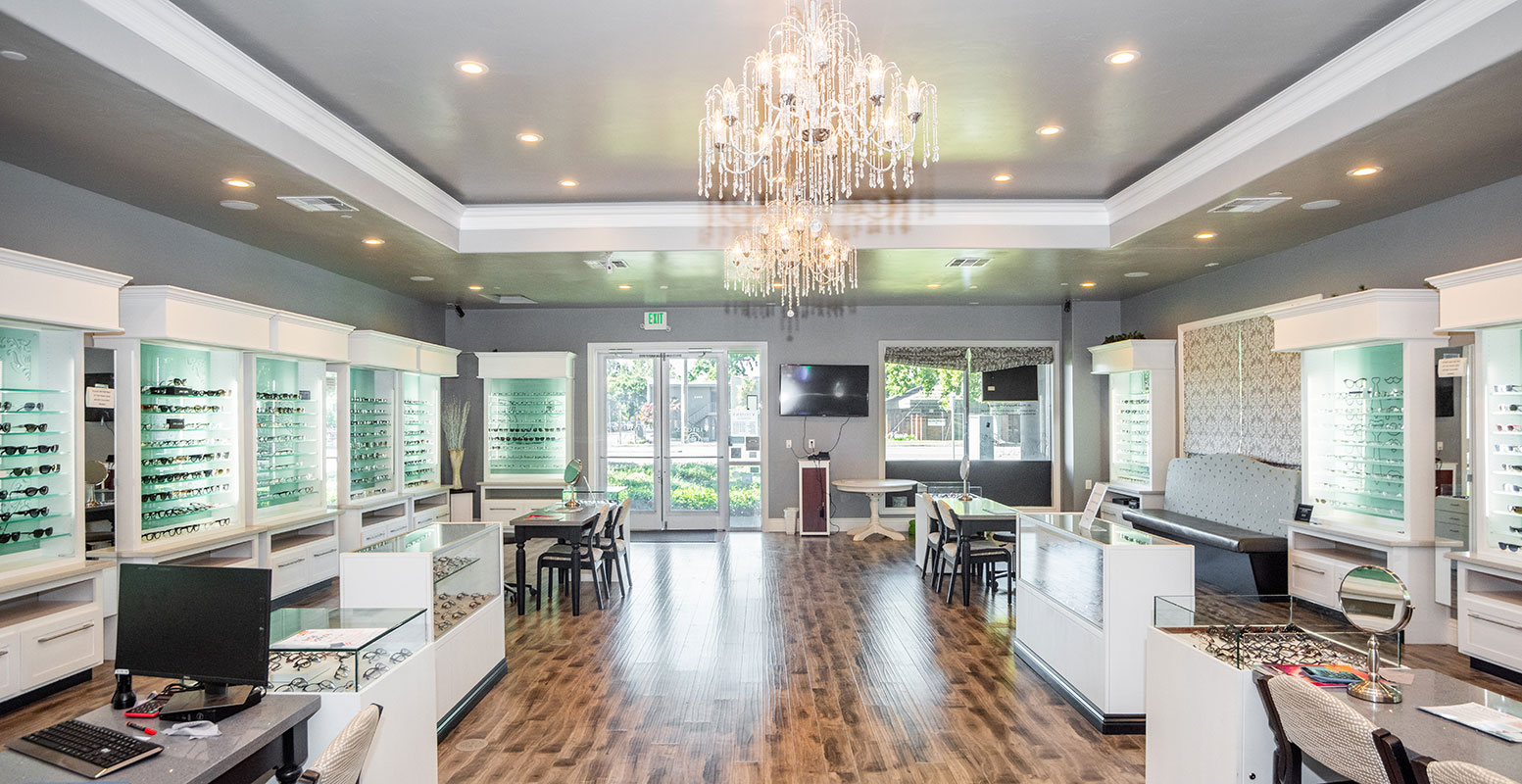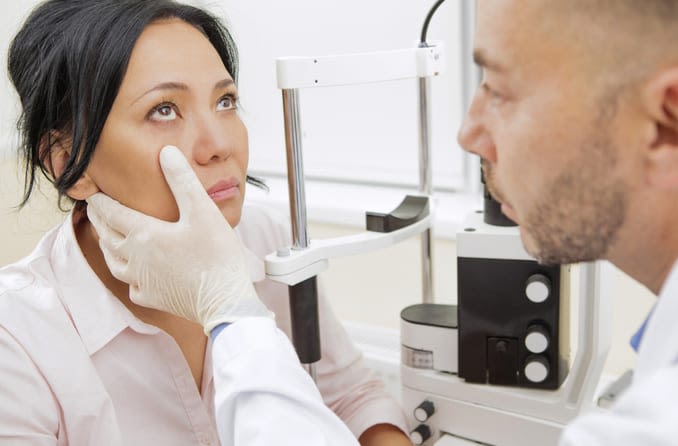Checking Out the most up to date Technical Advancements in Optometry and What They Mean for Optometrists
From the precision of Optical Comprehensibility Tomography to the nuanced insights provided by AI-driven diagnostic tools, these advancements are setting brand-new criteria in client analysis and therapy. As these improvements penetrate the practice, optometrists are faced with the difficulty of accepting these devices to improve patient end results.
Advancements in Diagnostic Equipment
Advancing the area of optometry, innovations in analysis devices have revolutionized the way eye care specialists evaluate and detect visual disabilities and ocular conditions. The previous decade has actually witnessed significant technological advancements, allowing more accurate and thorough assessments.
One more secret advancement is the intro of advanced corneal topography systems, which map the surface curvature of the cornea with accuracy. These devices are especially valuable for suitable get in touch with lenses and identifying corneal conditions. In addition, digital retinal imaging has actually changed conventional ophthalmoscopy, using comprehensive, breathtaking sights of the retina that help with extensive aesthetic examinations.
The growth of wavefront aberrometry has likewise been vital, enabling the analysis of refractive mistakes with unmatched accuracy (Eye Doctor Optometrist). This innovation aids in personalizing rehabilitative lenses and boosting medical end results for refractive surgical procedures. Collectively, these diagnostic improvements encourage optometrists to provide remarkable person care, guaranteeing early intervention and customized treatment techniques, inevitably boosting aesthetic health and wellness outcomes
AI in Person Management
Building on the foundation of advanced diagnostic devices, the consolidation of expert system (AI) in patient monitoring represents a transformative jump for optometry. AI systems are progressively employed to enhance performance, precision, and customization in individual treatment. By assessing substantial quantities of data, AI can determine patterns and forecast prospective eye conditions, allowing optometrists to tailor interventions much more effectively. This capacity is critical in managing persistent eye illness such as glaucoma and diabetic person retinopathy, where very early detection and continuous monitoring are vital.
In addition, AI-driven systems assist in streamlined patient communications and management procedures. Automated scheduling, online assessments, and customized follow-up strategies not just improve person complete satisfaction but additionally optimize time administration for specialists. These systems can triage clients based upon the seriousness of their problems, guaranteeing that those in critical need obtain prompt interest.
Furthermore, AI enhances decision-making by supplying eye doctors with evidence-based recommendations and therapy pathways. By incorporating information from digital wellness documents, AI devices use understandings that notify clinical decisions, decreasing the danger of errors and boosting client end results. As AI continues to advance, its role in patient administration will likely increase, improving the landscape of optometric treatment.
Advances in Retinal Imaging
In the realm of optometry, retinal imaging has actually observed impressive technical advancements that are enhancing analysis abilities and person treatment. Technologies such as Optical Coherence Tomography (OCT) and fundus digital photography have revolutionized how eye doctors assess the retina and imagine. OCT, in certain, offers high-resolution, cross-sectional pictures of the retina, enabling the in-depth assessment of its layers. This capability is important for early discovery and monitoring of conditions like glaucoma, diabetic retinopathy, and age-related macular deterioration.
Boosted imaging methods like OCT angiography are additional refining diagnostic accuracy. Opticore Optometry. Such advancements promote the recognition of minute retinal adjustments that might symbolize disease development.
Moreover, innovations in synthetic knowledge are augmenting retinal imaging by allowing automated evaluation of huge datasets. These systems help optometrists in recognizing patterns indicative of pathology, therefore boosting analysis precision and performance. Collectively, these developments are changing retinal imaging into a foundation of modern-day eye treatment, boosting outcomes and broadening restorative possibilities.
Teleoptometry's Expanding Role
Teleoptometry is progressively becoming a vital component of eye care, driven by innovations in electronic communication and analysis devices. As optometry embraces electronic transformation, teleoptometry facilitates remote consultations, permitting eye doctors to prolong their services beyond standard borders. This is specifically beneficial in country and underserved locations where access to specialized eye treatment is frequently limited. By leveraging high-resolution video conferencing and progressed retinal imaging, eye doctors can carry out extensive eye examinations from afar, ensuring prompt diagnosis and treatment.
The integration of man-made intelligence (AI) more boosts teleoptometry, making it possible for the analysis of aesthetic information and assisting in the detection of eye conditions such as glaucoma and diabetic person retinopathy. AI-powered algorithms can swiftly translate complicated imaging information, supplying eye doctors with important insights that reinforce scientific decision-making.
Moreover, teleoptometry sustains continuity of care through seamless assimilation with digital health and wellness records (EHRs), allowing eye doctors to maintain extensive individual backgrounds. When consulting with different experts., this makes certain that people obtain constant and tailored treatment even.
Regardless of these advantages, challenges stay, including making sure data security and taking care look these up of individual expectations. Teleoptometry stands for a significant stride towards even more available, efficient, and patient-centered eye care. As modern technology evolves, its duty is positioned to broaden even more.

Future Fads in Eye Treatment
A myriad of ingenious fads is established to reshape the future of eye care, driven by technological developments and the progressing click now needs of patients. One substantial trend is the assimilation of expert system (AI) in diagnostics, which assures to boost the precision and efficiency of eye exams. AI formulas can examine substantial quantities of data from retinal images, possibly detecting conditions like diabetic person retinopathy and glaucoma earlier than typical methods.
Additionally, tailored medication is getting traction in optometry, with hereditary testing informing personalized therapy strategies. This method aims to enhance individual outcomes by customizing interventions to specific hereditary accounts. Wearable technology, such as clever get in touch with lenses, is also on the horizon, using real-time tracking of intraocular stress or glucose levels, thus supplying continual understandings into systemic and ocular wellness.
The fostering of augmented fact (AR) and virtual fact (VR) in training and client education is an additional arising pattern. These innovations provide immersive experiences that can boost understanding and abilities both for eye doctors and individuals. As these fads develop, eye doctors have to remain abreast of technical developments to provide innovative care, ensuring better individual outcomes and fulfillment in the dynamic landscape of eye care.
Final Thought

Jointly, these diagnostic improvements equip optometrists to supply remarkable patient treatment, ensuring early treatment and customized therapy methods, ultimately enhancing aesthetic health and wellness end results.

As these innovations proceed to advance, eye doctors must adjust and include them into technique, eventually optimizing workflow performance and boosting the requirement of eye treatment delivered to people.